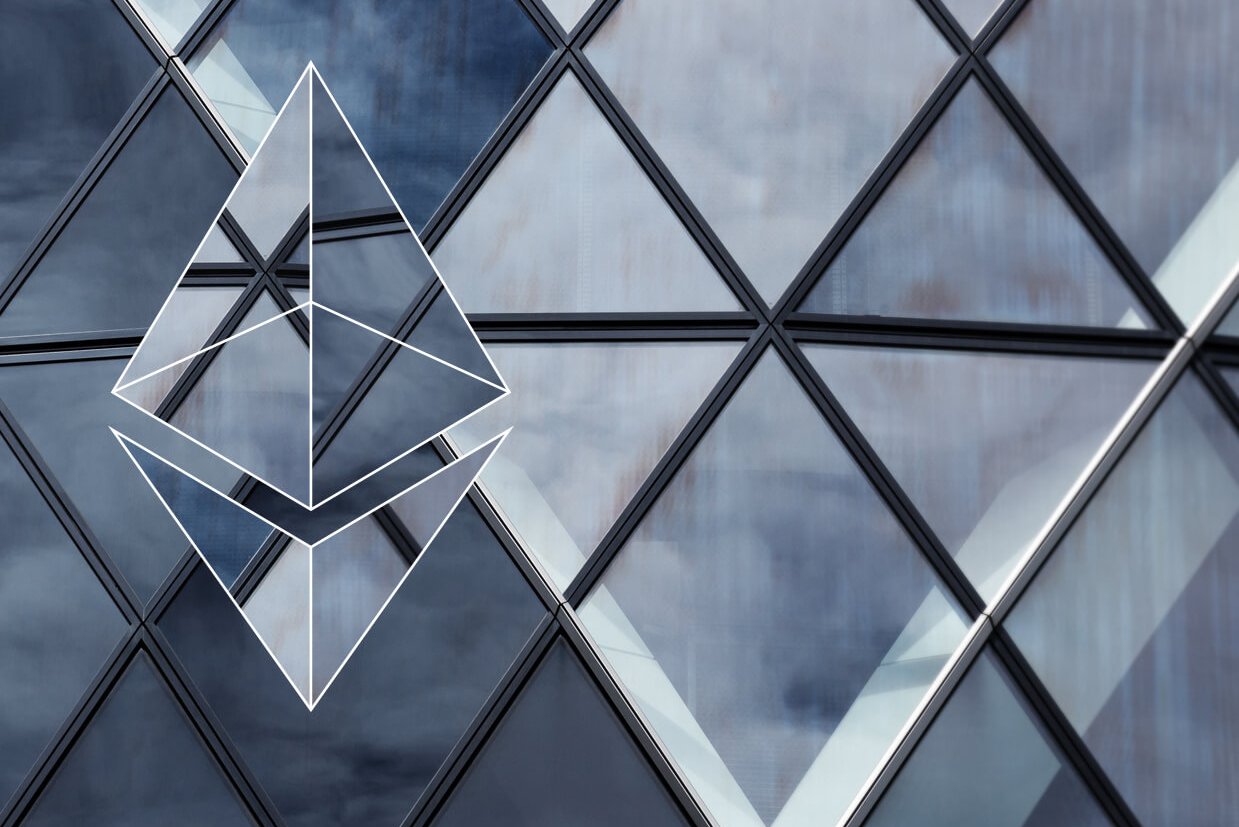

While Bitcoin is perhaps the most well-known use of blockchain, there are many other applications and currencies that use this technology.
Until recently, building blockchain applications required in-depth knowledge of maths, cryptography, and coding. Ethereum provides developers with the tools to build their own decentralised applications, allowing a huge range of possibilities.
Ethereum is the name of the public blockchain network. Miners work to earn Ether, which is the name of the crypto token that keeps the Ethereum network running.
Around 5 Ether are created every 12 seconds, with 18 million mined per year.
While Bitcoin uses blockchain to track ownership of cryptocurrency (Bitcoins), Ethereum uses the network to run program codes for various online applications. As with other blockchain networks, this is done through smart contracts.
A smart contract is a program that runs exactly as coded by its creator. It is essentially an execution that can be set up ahead of time to trigger automatically once certain conditions are met.
While Bitcoin uses smart contracts to transfer currency from one user to another, this is all it is able to do. Ethereum’s platform allows developers to write their own scripts and create smart contracts for a variety of uses.
There is another type of token used on the Ethereum network, called Gas. This is used to ‘fuel’ smart contracts based on the required size, memory, or speed of the execution. It is often likened to filling up your car for the required journey.
All blockchains have the ability to process code, but often within a set of limited operations. Ethereum allows developers to create their own processes, building applications that would otherwise have been impossible.
The Ethereum Virtual Machine (EVM) runs on the Ethereum network and allows anybody to run a program, making the process of building blockchain applications much simpler. Developers don’t need to build a new blockchain from scratch for each application, and they’re not tied down to a particular programming language.
By using a decentralised network, Ethereum has no central point of failure, protecting it against hacking and fraudulent activity. Cryptography provides an additional level of security, so applications on the Ethereum network are very safe.
A decentralised application, also known as a Dapp, is not controlled by any single entity or individual. It is simply a piece of code that runs on a blockchain network and serves a particular purpose. For example, Bitcoin is a Dapp that provides a peer-to-peer electronic cash system.
Ethereum can also be used to create a Decentralised Autonomous Organisation (DAO). This is a fully automated organisation that has no leader or owner and instead runs on programming code.
By using a collection of smart contracts, the code replaces the structure of a traditional organisation without the need for personnel to control it. Anyone who purchases tokens becomes a part-owner of a DAO, although these tokens provide voting rights rather than acting as shares.
If you enjoyed our article ‘What is Ethereum?’ and want to learn more, then please visit our site. It’s packed full of crypto and blockchain information. For guides on cryptocurrencies, exchanges, and blockchain technology, click here.
Denver, Colorado, 24th February 2025, Chainwire
Denver, Colorado, 20th February 2025, Chainwire
Washington, D.C., 18th February 2025, Chainwire
Dubai, UAE, 27th January 2025, Chainwire
Those who enter the market at this time may be surprised to hear that Bitcoin…
George Town, Grand Cayman, 22nd November 2024, Chainwire